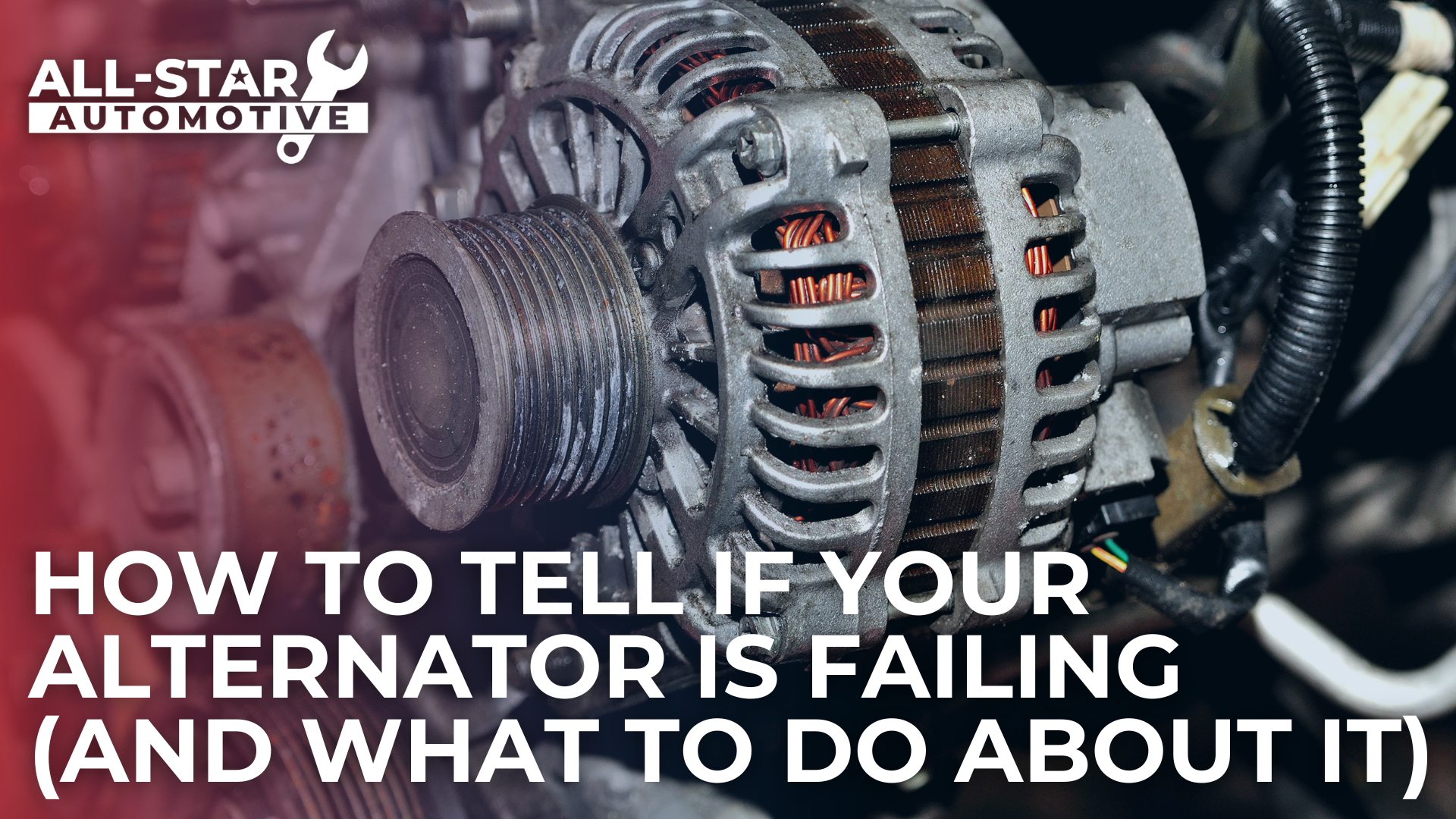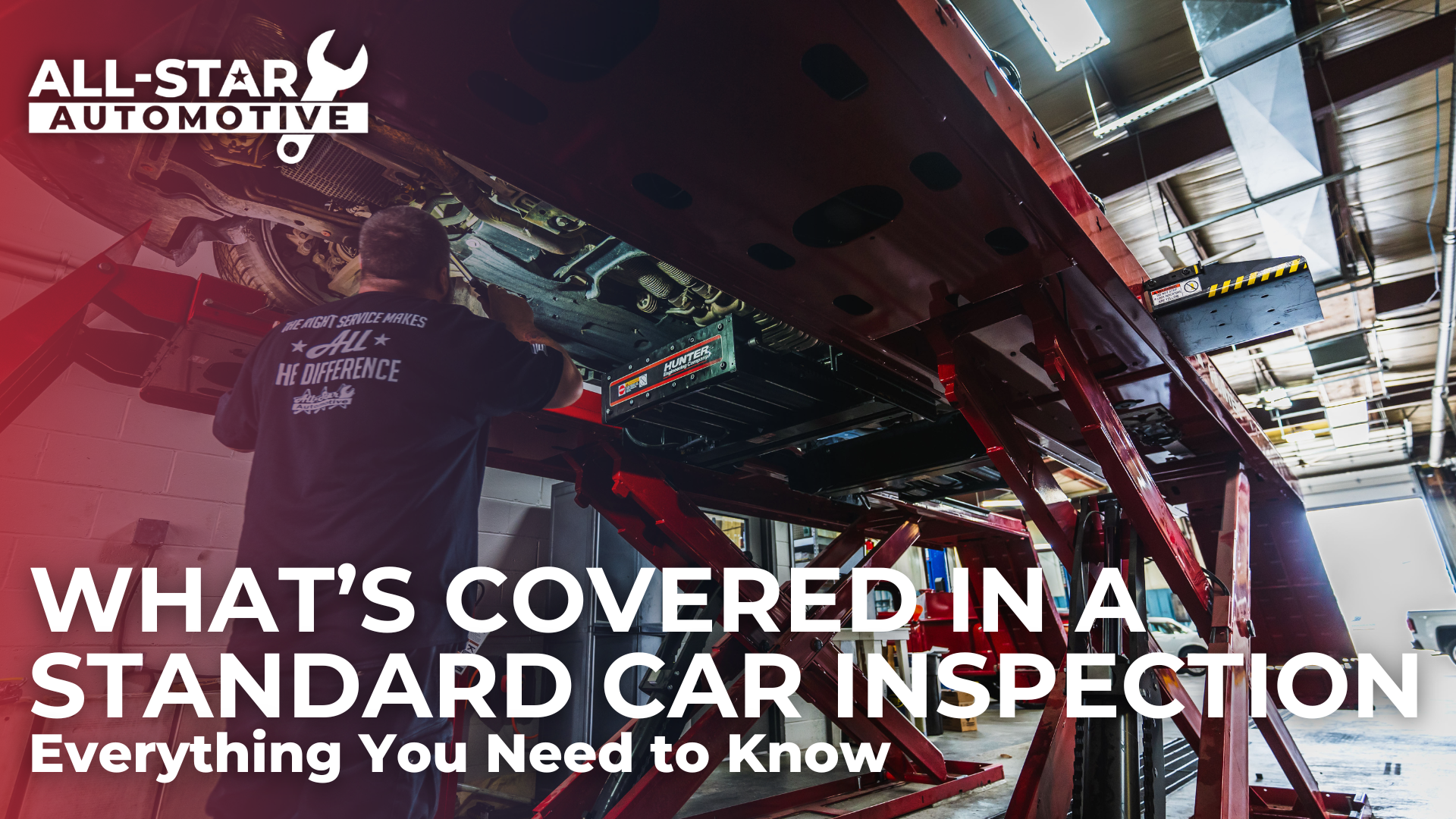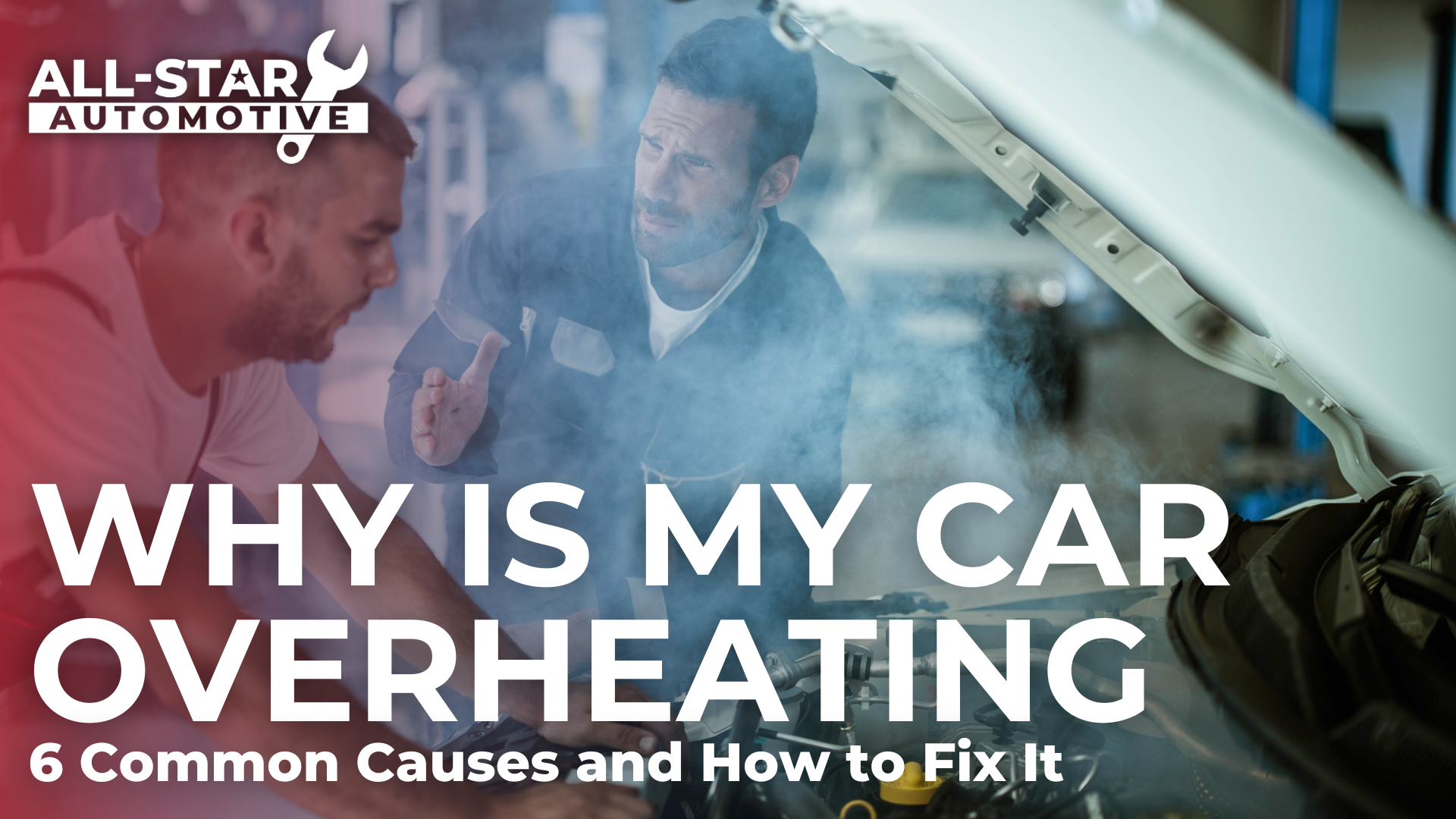Tire Tread, Rotation, and Replacement: How to Make Your Tires Last Longer
Your tires are one of the most important parts of your car—they affect your safety, fuel efficiency, and overall driving performance. Yet, many drivers don't pay attention to their tires until there's a problem. If you want to get the most out of your tires and avoid unnecessary replacements, proper maintenance is key.
Here’s everything you need to know about tire tread, rotation, and replacement to keep your tires in top shape and your car running smoothly.
1. Understanding Tire Tread: Why It Matters
Tire tread is the grooved pattern on your tires that helps your car grip the road, especially in wet or slippery conditions. Over time, tread wears down, reducing traction and increasing your risk of hydroplaning or losing control.
How to Check Your Tire Tread
One easy way to check if your tread is too low is the penny test:
Place a penny into a groove of your tire tread with Lincoln’s head facing down.
If you can see all of Lincoln’s head, your tread is too worn, and it’s time for new tires.
Recommended tread depth:
- 6/32” or deeper – Good condition
- 4/32” – Consider replacing soon
- 2/32” or less – Replace immediately (Most states require at least 2/32” of tread depth for safety)
Pro Tip: If you notice uneven wear on your tires, it could be a sign of alignment or suspension issues that need attention.
2. Tire Rotation: Why It’s Crucial
Tires don’t wear evenly—front tires tend to wear out faster than rear tires due to steering and braking forces. Regular tire rotation helps distribute wear evenly, extending the life of your tires and improving performance.
How Often Should You Rotate Your Tires?
- Every 5,000-7,500 miles (or with every oil change)
- Check your owner’s manual for specific recommendations
Types of Tire Rotations
Your mechanic will rotate your tires in different patterns depending on whether your car is front-wheel drive, rear-wheel drive, or all-wheel drive:
- Front-to-back rotation – For front-wheel-drive vehicles
- Cross rotation – For rear-wheel and all-wheel-drive vehicles
- Side-to-side rotation – Sometimes used for certain tire types
Skipping tire rotations? Expect your front tires to wear down much faster than your rear tires, leading to premature replacements and a rougher ride.
3. When to Replace Your Tires
Even with proper maintenance, tires don’t last forever. Most tires last between 3-6 years, depending on driving habits and road conditions.
Signs You Need New Tires
- Tread is below 2/32” (Use the penny test!)
- Visible cracks or bulges – This could lead to a blowout.
- Frequent loss of tire pressure – Could indicate internal damage.
- Vibration or rough ride – Could be a sign of tire imbalance or structural issues.
If your tires are 6+ years old, even if they look fine, the rubber may have degraded. Replacing them is the safest option.
Pro Tip: If you’re replacing two tires instead of four, always install the new tires on the rear axle for better stability and handling.
4. Bonus Tips to Extend Tire Life
- Check tire pressure regularly – Under or over-inflated tires wear out faster.
- Get regular alignments – Poor alignment causes uneven tire wear.
- Avoid aggressive driving – Hard braking and fast turns shorten tire lifespan.
- Keep an eye on road conditions – Potholes and debris can damage tires quickly.
Need a Tire Check or Replacement? Visit All-Star Automotive in Columbia, MO!
If you’re unsure about your tires’ condition or need a rotation, alignment, or replacement, All-Star Automotive has you covered. Our expert team will make sure your tires are safe and road-ready.
Schedule your tire service today!










